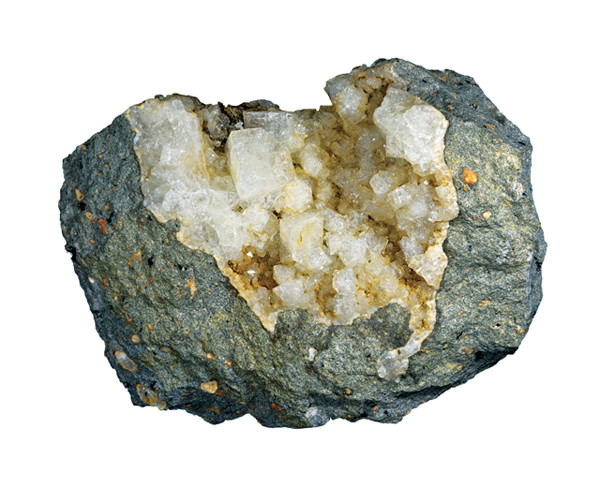
- Call Today: (208) 462- 0626
- Hours: 6am-5pm PST Mon-Fri
Family-Owned, Top Quality Materials, Innovative Designs, Powerful Results!
Family-Owned, Top Quality Materials, Innovative Designs, Powerful Results!

-By Zach Greenfield
In our exploration of zeolite, a naturally occurring mineral with remarkable properties, we delve into its history, structural uniqueness, and debunk common myths, particularly concerning heavy metals. The mineral’s diverse applications across environmental remediation, agriculture, and industrial processes further highlight its importance in promoting sustainability and efficiency.
Zeolite’s story begins in the 18th century with Swedish mineralogist Axel Fredrik Cronstedt, who discovered these “boiling stones” and their ability to release steam when heated, hence the name derived from the Greek zeo (to boil) and lithos (stone). This marked the inception of a journey that would see zeolites become pivotal in scientific and industrial advancements.
The essence of zeolite’s functionality lies in its distinctive microporous structure. This aluminosilicate mineral is defined by a three-dimensional, cage-like framework, creating a highly selective molecular sieve capable of adsorbing molecules based on size and shape. This structural integrity and selectivity are crucial for its effectiveness in various purification processes.
A prevalent concern surrounding zeolites is their association with heavy metals. However, it’s crucial to understand that zeolites naturally occurring or synthetically produced, have the unique ability to adsorb and immobilize heavy metals within their structure, preventing their release into the environment. This makes zeolites not only safe but invaluable in applications aimed at cleaning up environments contaminated with heavy metals, affirming their role in sustainable environmental management.
Zeolites shine in environmental remediation, particularly for water and soil purification. Their ion-exchange properties and selective adsorption capabilities allow for the removal of contaminants and heavy metals, making them pivotal in efforts to cleanse ecosystems and reduce pollution.
In agriculture, zeolites significantly enhance soil quality by improving water retention and aeration, leading to more efficient water use and better crop yields. Their ability to adsorb and slowly release nutrients helps minimize the leaching of fertilizers, reducing pollution and increasing the efficiency of agricultural inputs. In horticulture, zeolites contribute to substrate stabilization and moisture regulation, promoting healthier plant growth and reducing the need for frequent watering. These attributes make zeolites a valuable resource for sustainable farming and gardening practices, contributing to food security and environmental conservation.
Zeolites find extensive applications in the industrial sector, serving as catalysts in petroleum refining, chemical synthesis, and pollution control technologies. Their molecular sieve properties are utilized in gas separation processes, including the purification of natural gas, oxygen production, and carbon dioxide capture. Zeolites also play a crucial role in water treatment facilities, removing impurities and contaminants to provide clean water. Their versatility and efficiency in these processes underscore the critical role of zeolites in modern industry, contributing to energy efficiency, environmental protection, and the production of cleaner, greener products.
Zeolite stands out as a testament to nature’s ingenuity, offering a versatile solution to some of today’s most pressing environmental and industrial challenges. By understanding and leveraging the unique properties of zeolites, we can further our goals of sustainability and efficiency across various sectors. Their widespread applications highlight the potential of zeolites to contribute to a more sustainable and efficient future, making them a keystone in our ongoing quest for environmental stewardship and technological innovation.
Will be used in accordance with our Privacy Policy
Enter your email to receive news and updates about our products
Copyright © 2024 Greenfield Water Solutions - All Rights Reserved. Site by Driven Web Services